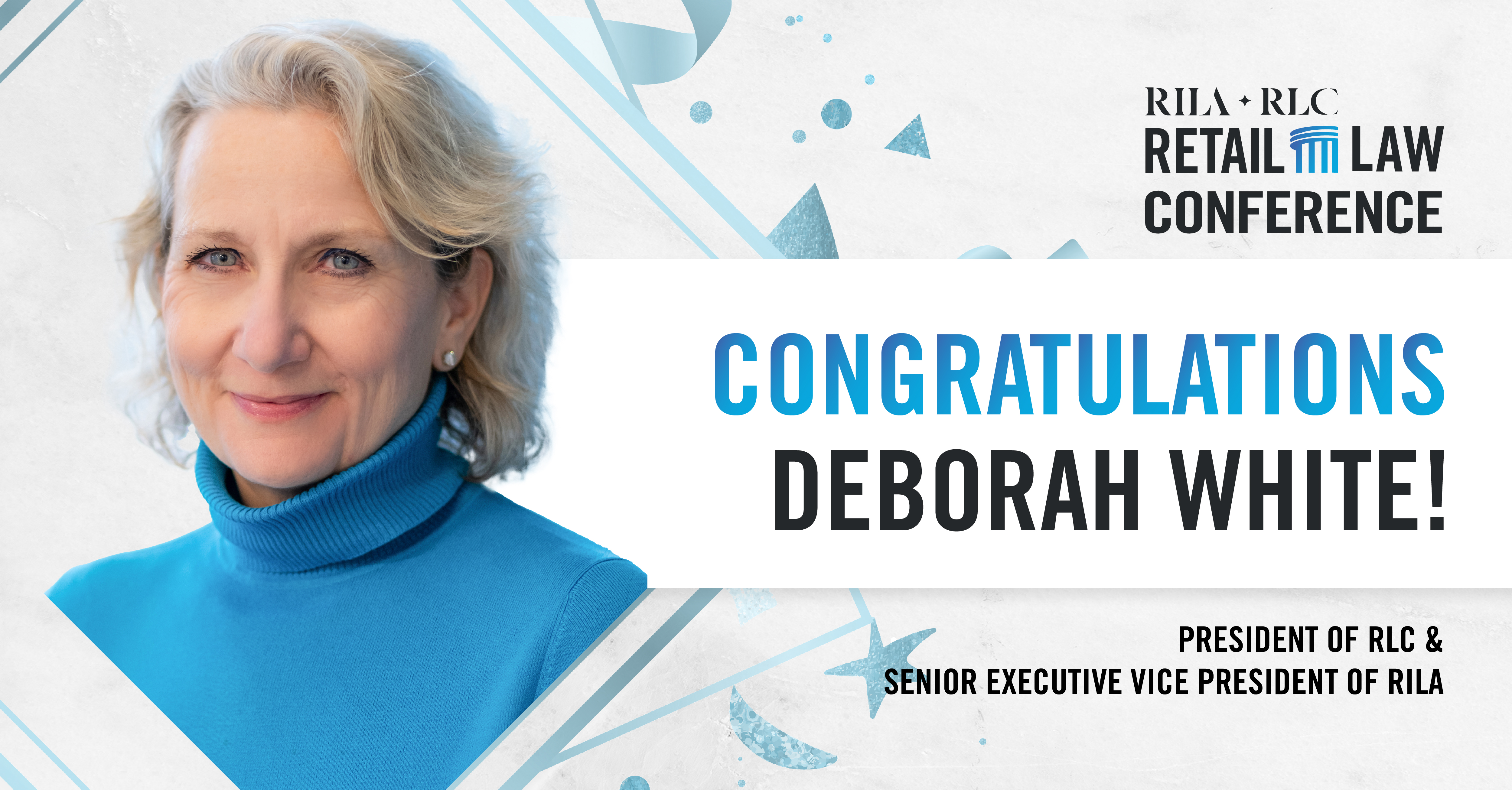Financial Management
- By [ Erin Hiatt ]
Workstream Background
For many retail energy managers, accessing capital for energy projects requires overcoming significant barriers.
Some energy managers may not have the financial background to communicate the full value of their projects to the finance team whose approval they need. Others lack dedicated budget funds to accelerate project implementation. E ven with many innovative options available, external financing is not well understood outside of utility incentives and rebates.
RILA, under the support of a cooperative agreement with the Department of Energy, is working with Deloitte, Environmental Defense Fund (EDF), the Institute for Market Transformation (IMT), and the Massachusetts Institute of Technology (MIT) to create a suite of educational resources and direct advisory opportunities to reduce financing barriers for energy projects and achieve energy and cost savings.
Program Resources
RILA and its program partners are working to Develop Implementation Models, Educate the Industry, and Spur Adoption of Implementation Models by providing the following resources.
Internal Financing
Implementation Model Case Studies
- adidas Group established a dedicated "greenENERGY" fund to invest in energy efficiency and renewable energy projects to overcome existing project financing hurdles. Between June 2012 and December 2016, $10.8 million has been spent on 61 projects with a forecast IRR of 29%.
- Belk reduced its in-store energy consumption at a single location by more than 27% after retrofitting the lighting system with LED lights. After seeing the project firsthand, executives approved a redesign of Belk’s entire lighting infrastructure.
- Best Buy used a leading practice load analysis process to understand their plug load current energy use, operational context, and opportunities for energy savings, identifying process changes and new technologies that could save the company up to $3 million per year in energy expense.
- Food Lion's Energy Team has built a trusting relationship with finance and other departments. By incorporating long and short-term considerations with stakeholder engagement, the value of energy management is recognized and realized. Also access the full Workflow and Approval Process.
- H&M examined the impacts of open versus closed exterior doors on foot traffic and energy consumption. Finding that closed doors have no discernable impact on foot traffic, an estimated average per store energy savings of 77,522 kWh and estimated average per store cost savings of $9,987, the company implemented a closed-door policy in 2016.
- (DOE) Best Buy uses a rolling portfolio-wide lighting retrofit program using maintenance funds instead of capital budget by only making efficient store lamps available through their online catalogue. Since the program’s 2012 inception, 13,174 lamps have been replaced with more efficient LED or fluorescent options across the building portfolio.
- (DOE) Kohl's worked with its Finance team to develop an Energy Finance Strategy, establish an annual "new technology" budget to test emerging technologies, and hire a Financial Analyst liaison to expedite expense requests. The “emerging technologies budget” allows Kohl’s to pilot 2-3 new programs for 10-20 stores per year.
Self-Training
Finance 101 Workshop Materials – Learn how sustainability and energy projects are often well aligned with business objectives, how to think like a finance professional, and how to best team with the finance organization. Apply these learnings to case studies on project analysis and portfolio planning.
Both courses in the curriculum are reapproved for BOMI and GBCI continuing education requirements and eligible for others.
Leading Practices
- Review 7 Keys to Collaborating with Your Finance Team, as informed by RILA's research and interviews with senior retail finance professionals - as well as a version to share with your Finance team: Keys to Collaborating with Other Business Units. Access a full summary of the interviews, The Evolving Role of Retail Finance.
- Review 5 Ideas for Collaborating with ESG-Minded Investors and Ideas for Collaborating with Your Investor Relations Team, as informed by RILA and HIP Investor's research and interviews with retail industry IR executives and investment firms. Share Ideas for Collaborating with the Sustainability Team with your own IR colleagues.
- Compare the Workflow and Approval Process graphic to your own process to identify opportunities to better navigate internal competition for funds, short- and long-term budget cycles, and cross-departmental buy-in. Get ideas from learning how Food Lion has incorporated many of these concepts in the full Workflow and Approval Process Guide and Implementation Model.
Visit the #CapitalizeGreen page and consider how your projects most directly impact the company's bottom line and investor relations: two key benefits of energy and sustainability, from the finance team's perspective.
Guide
Review the primers below which together compose the Internal Financing Guide to learn more about policies, fund structures, and process changes that improve access to internal capital.
- Internal Carbon Pricing - Establishes a cost to the carbon dioxide emissions or CO2 equivalent generation from company operations. May be set as either a real price to create a fund or as a price signal.
- Capital Investment Fund - Dedicated budget replenished annually to finance energy projects rather than requiring project by project approval.
- Revolving Loan Fund (RLF) - Leverages one-time, initial funding to support continuous rounds of projects, for which energy cost savings accrued replenish the fund.
- Expedited Approval - Creation of a specific internal process such as integration with finance or updated proposal templates to decrease the time required for review and approval of projects.
- Cross-Departmental Collaboration - Relationship-building to help other departments understand how they benefit from energy projects and why they may want to leverage their own budgets to fund projects if capital is otherwise unavailable.
Training
The Internal and External Financing Guide content can be accessed in the Financial Literacy for Retail Curriculum, an interactive e-learning online. Both courses are reapproved for BOMI and GBCI continuing education requirements and eligible for others.
Q&As on partnering with the Finance Team:
- REI: Mark Lester, Divisional Vice President of Retail Operations
- Cole Haan: Bob Bedard, Construction Manager
- Hudson's Bay: Gary Levitan, Director of Energy and Facilities Purchasing
External Financing
Implementation Model Case Studies
- Regency Centers partnered with Trader Joe's to install a 253 KW solar photovoltaic system that offsets more than 65% of the store's energy use, at no installation or maintenance cost to Trader Joe's.
- Whole Foods Market drew on lessons learned from past ad hoc rooftop solar installations to develop a roll-out plan for around 100 new systems covering 25% of stores and warehouses. They will be financed using third-party Power Purchase Agreements (PPAs).
- The Home Depot needed a low cost solution to meet its renewable and alternative energy targets. The retailer leveraged financing options like Power Purchase Agreements (PPAs) and community solar. In 2017, Home Depot procured a total of about 475,000 megawatt-hours (MWh) of renewable and alternative electricity from fuel cells, solar panels, offsite wind, and community solar and has committed to even more.
Calculator
- Energy Efficiency Finance Calculator - Input basic project information to determine which external financing mechanisms might be well-suited as well as calculate common finance metrics. Find more detail on each external financing mechanism in the External Financing Guide.
Guide
Review the primers below which together compose the External Financing Guide to learn more about funding options when internal capital is hard to access.
- Green Bond – Issued by a retail company and provides a stable channel for investors to provide capital specifically for projects that promote sustainability or mitigate climate change.
- Tax-Increment Financing (TIF) – Uses expected future gains in state or municipal property taxes from a development or redevelopment project to finance improvements that will create those gains.
- Energy Performance Contract (EPC) – Executed by Energy Service Companies (ESCOs) who coordinate the installation of new equipment and split the value of energy savings with the customer throughout a contract term.
- Energy Service Agreement (ESA) – Executed by a provider as a pay-for-performance, off-balance sheet financing solution with no upfront capital expenditure.
- Property Assessed Clean Energy (PACE) – Building owners take on debt for energy efficiency or renewable energy improvements that is repaid through an assessment on their property tax bill.
- On-Bill Financing/Repayment (OBR/OBF) – Utility or lender supplies capital to a utility customer to make energy efficiency improvements and is repaid through regular monthly loan payments on an existing utility bill.
Training
The Internal and External Financing Guide content can be accessed in the Financial Literacy for Retail Curriculum, an interactive e-learning online. Both courses are reapproved for BOMI and GBCI continuing education requirements and eligible for others.
For even more valuable resources, check out RILA's Retail Energy Management Resource Library.
Join the Program
Please email Erin Hiatt if you are interested in participating.



